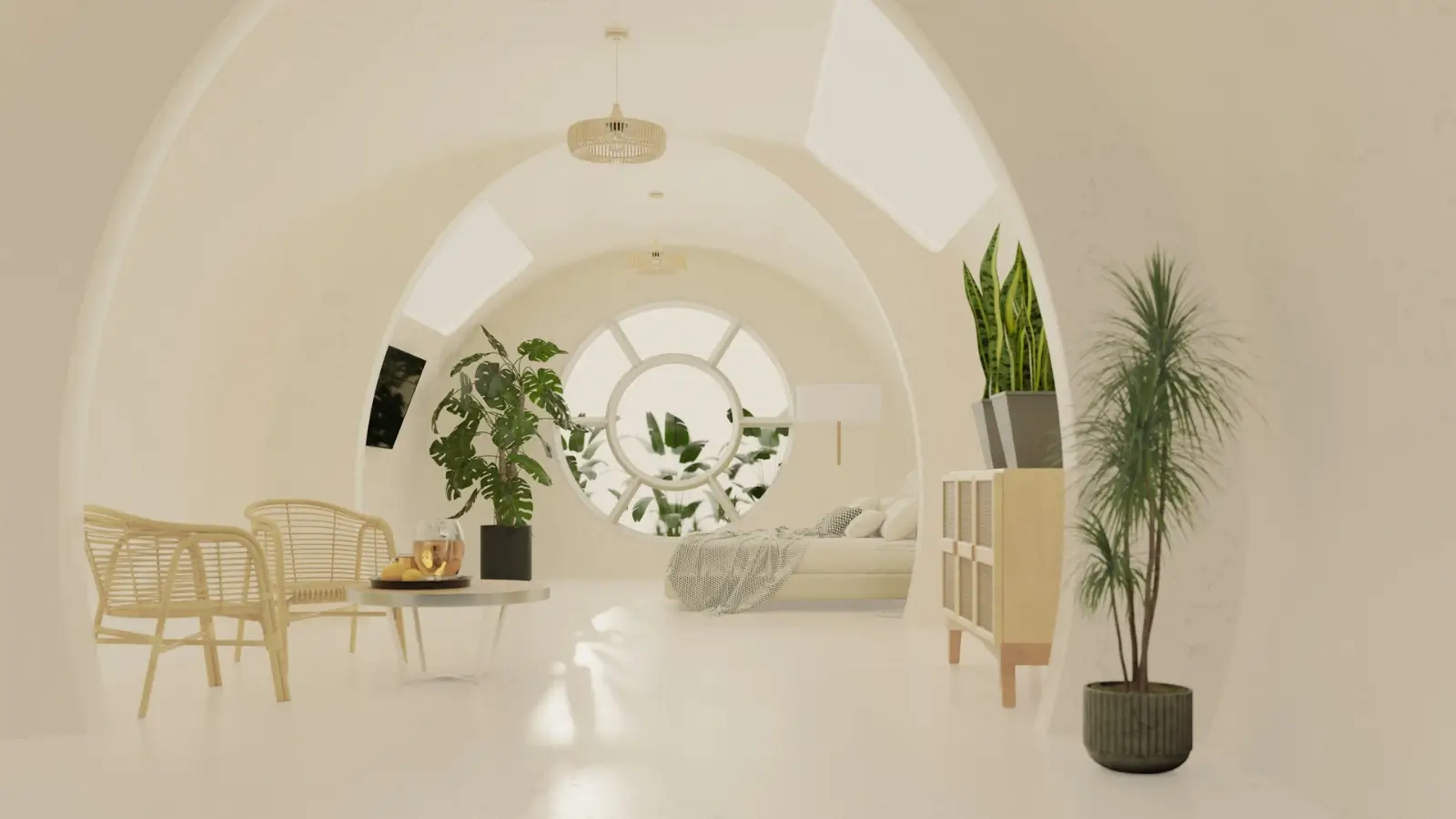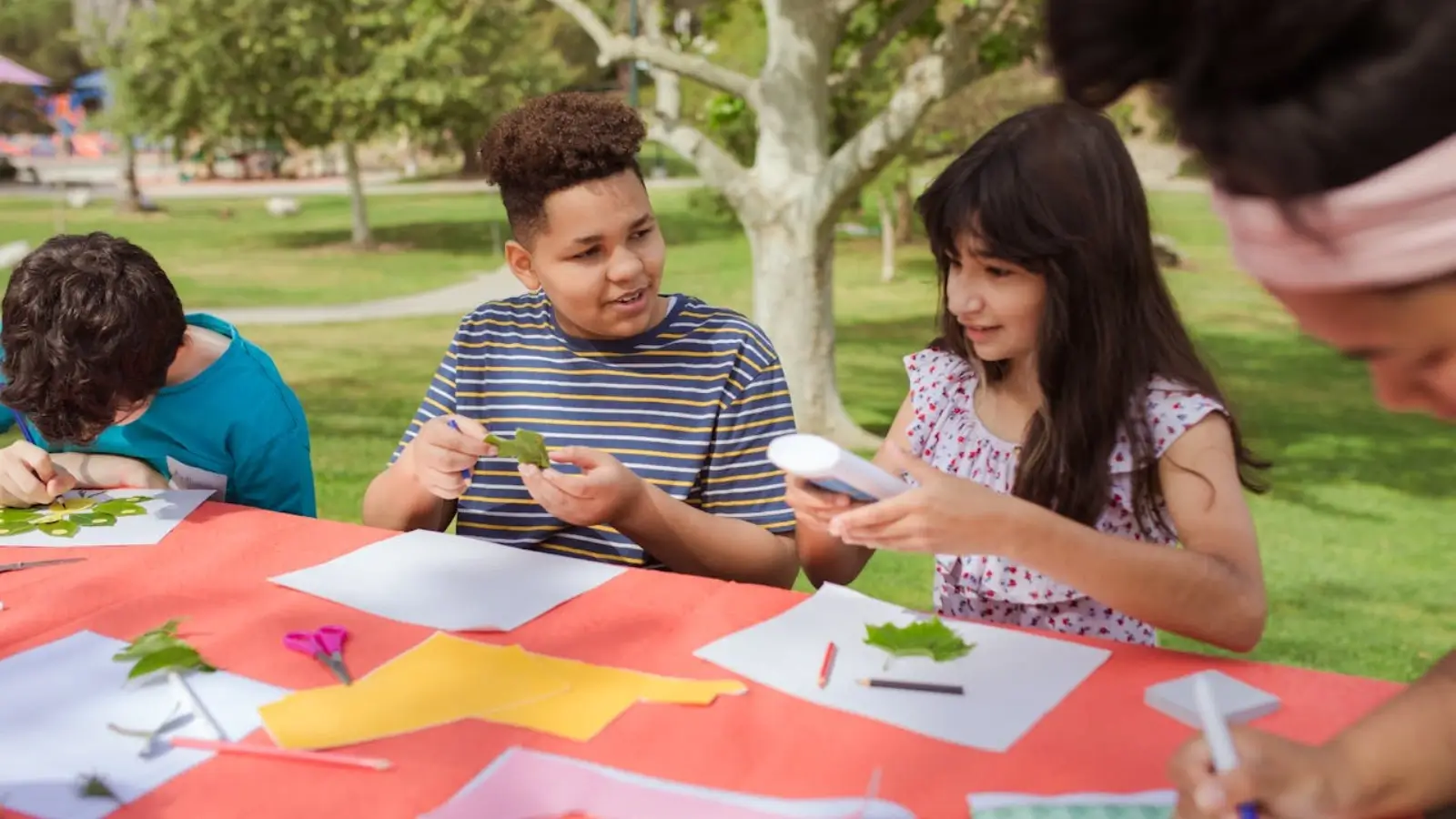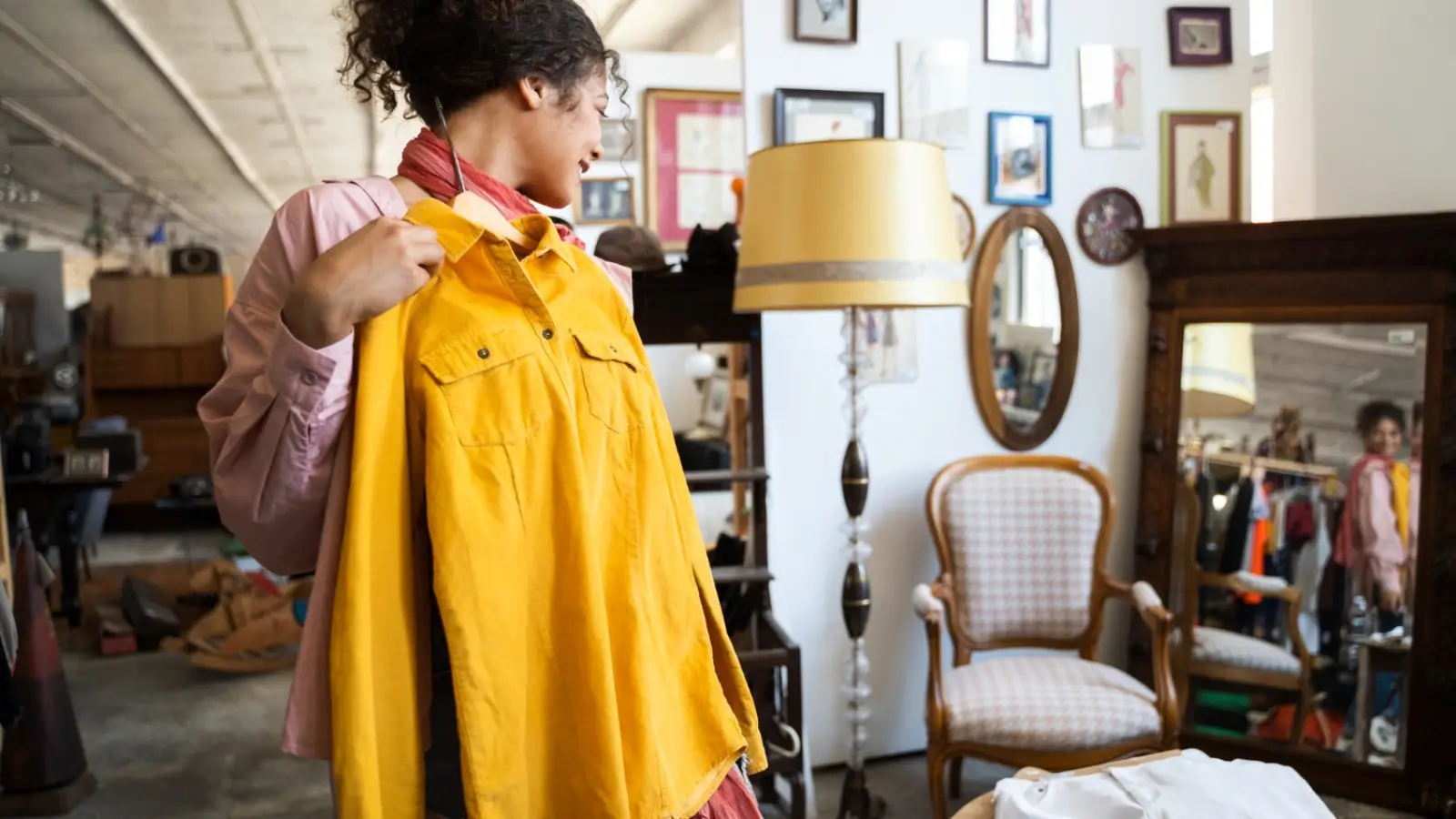The quest for sustainable living is an increasingly essential aspect of modern life; a journey that marries respect for the environment with the pursuit of well-being. Amid this shifting landscape, the decades-old notion of living in harmony with nature finds new relevance, and a historical touchpoint - Kamprad's Oikos 1943, embodies this very ethos.
The Roots of Oikos: Understanding the Concept
The term 'oikos' is ancient in origin, stemming from the Greek word usually defined as 'household' or 'home'. It encompasses not just the physical dwelling but also the people within it and the way in which they interact with the environment around them. Organisations that embody the principles of oikos aim for sustainability at their core, often weaving economic, environmental, and ethical considerations into the fabric of how they operate, and indeed, how they encourage others to live.
It is against this backdrop that we delve into Kamprad's Oikos 1943 – a movement founded with sustainable living at its heart.
Kamprad’s Legacy and Sustainable Practices
The philosophy of Kamprad's Oikos 1943 stems from the legacy of Ingvar Kamprad, the founder of the well-known IKEA brand. Born in 1943, his approach to entrepreneurship was deeply infused with principles of thrift, functionality, and a profound respect for natural resources. These principles mirror the crux of sustainability – the consideration of environmental protection, alongside societal wellbeing and economic inclusivity.
Sustainable Living with Kamprad’s Oikos
At the core of Kamprad's Oikos 1943 is the principle of living with less but ensuring that less is more meaningful, functional, and environmentally friendly. Advocating for a lifestyle that is decluttered and holistic, Kamprad’s oikos is not about austerity; rather, it's about mindful consumption and the appreciation for the longevity of products.
This approach has a ripple effect, from the way homes are furnished, to the manner in which waste is managed. The key lies in the adoption of a way of life that looks back to the wisdom of past generations while being firmly rooted in the capabilities of the present.
Materials Matter: The Ethos of Endurance
A core tenet of Kamprad’s Oikos is the focus on materials that last. This means prioritising the use of renewable, recyclable, or reclaimed materials that minimise the impact on the earth. Whether it’s furniture, home accessories, or everyday items, the focus is on products that can stand the test of time, reducing the need for frequent replacements and thereby lessening consumer waste.
It’s a practice that not only resonates with the wallet but with the planet too, reducing the carbon footprint associated with manufacturing and the waste cycle.
Design and Durability: A Marriage of Aesthetics and Ethics
In the realm of Kamprad's Oikos 1943, design is about more than just aesthetics – it is also inherently tied to functionality and durability. This is achieved through timeless designs that transcend fleeting trends, offering consumers the opportunity to invest in pieces that remain relevant and useful for years, if not decades.
Moreover, the convergence of design with ethics ensures that every product has a clear and sound societal role, ensuring that function and form are balanced within an ethical context.
Community and Collaboration: Strengthening the Web of Sustainability
A sustainable lifestyle flourishes when rooted within a community. Kamprad's Oikos 1943 recognises the value of collaboration with local artisans, suppliers, and consumers to foster a network that supports and strengthens sustainable practices. This community-oriented approach also facilitates the sharing of knowledge and resources, which is integral to nurturing a sustainable way of living.
Closer to home, families and individuals are encouraged to adopt practices such as composting, gardening, and recycling to create a microcosm of sustainability within their own oikos – a personal commitment to living in a manner that respects the environment.
Education and Engagement: Spreading the Word on Sustainability
Education plays a pivotal role in the fostering of sustainable lifestyles. As part of Kamprad's vision, there is an emphasis on educating consumers about the impact of their choices on the environment. This education isn’t limited to the purchasing phase but extends to how products are used and eventually disposed of.
Engagement with consumers through workshops, campaigns, and interactive platforms ensures that the principles of sustainability are well communicated and understood, empowering individuals to make informed choices.
Adopting Technology: Innovation for a Greener Future
The intersection of technology and sustainability offers fertile ground for innovation. The adoption of energy-efficient solutions and the utilisation of technology for better waste management are aspects where Kamprad’s Oikos 1943 has room to grow and inspire.
Investing in technology that reduces energy consumption or automates the recycling process within the household are just some ways in which the concept of oikos can embrace the digital age for a more sustainable future.
Conclusion: The Onward March of Kamprad’s Oikos
The vision of Kamprad's Oikos 1943 is one that does not wane with time. Instead, it adapts and grows, as it continues to inspire those who are eager to live a lifestyle that is simpler, more meaningful, and harmoniously entwined with the environment.
It is through embracing the principles exemplified by Kamprad's oikos 1943 that individuals can participate in the noble pursuit of sustainable living – a legacy that is as timeless as it is timely. For, in the act of looking back to this 1943 blueprint for living, there lies a path towards a future that is not only sustainable for the individual and community but for the planet as a whole.
















